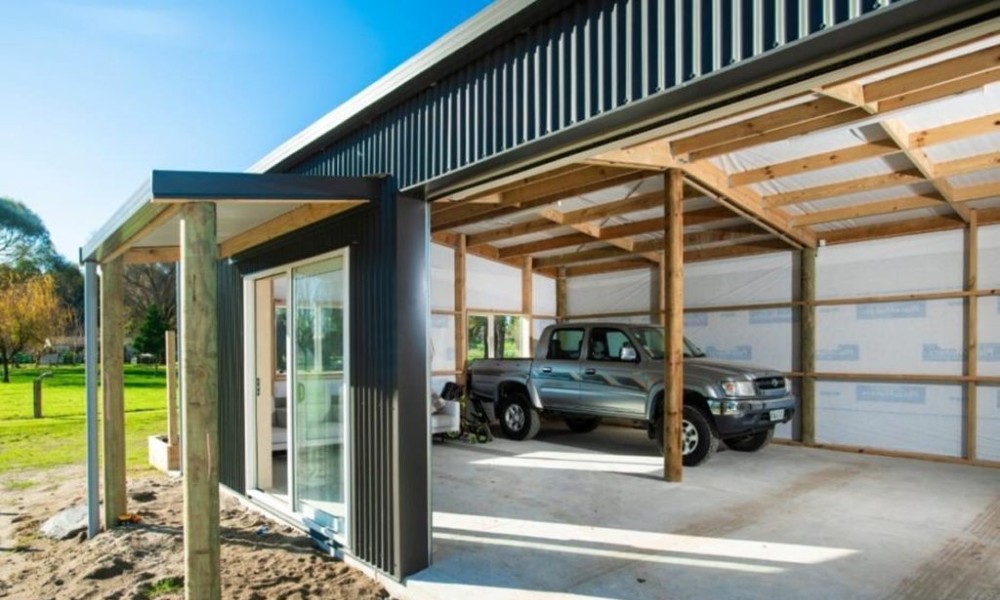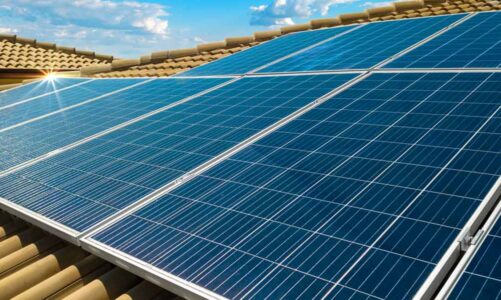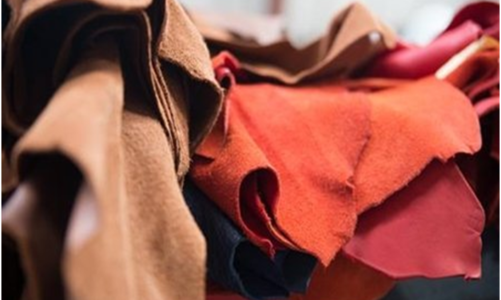Building or buying a shed can be an excellent way to add storage, workspace, or even a hobby area to your property. However, understanding the full costs involved—from the initial purchase to ongoing maintenance—is essential for budgeting wisely and avoiding unexpected expenses down the road. This guide dives deep into shed costs, highlighting key factors that influence what you’ll spend, and how to plan financially for owning a shed long-term.
Initial Purchase Price: Shed Size, Materials, and Style
The cost of purchasing a shed varies widely, depending on its size, materials, style, and customization options. Small plastic sheds might start around a few hundred dollars, while larger wooden or metal sheds range from $1,000 to $5,000 or more. Custom-built or premium material sheds, including brick or concrete options, can exceed $10,000.
Typical price ranges by material:
- Plastic/Vinyl: $300 to $1,000
- Metal (steel or aluminum): $500 to $7,000
- Wood (treated pine, cedar, redwood): $1,000 to $4,300
- Brick or concrete: $10,000 to $30,000
The shed’s style, such as basic storage, workshop, or a more finished garden room, also affects price. Larger and more complex designs incur higher costs due to the additional materials and labor required.
Foundation Costs and Importance
A solid foundation ensures the durability and stability of your shed. Standard foundations include gravel pads, concrete slabs, or concrete piers. Foundation costs range from $500 to $3,000, depending on size and material choice. If unsure which foundation to choose, this guide to shed foundations can provide detailed insights.
Neglecting a proper foundation leads to uneven settling and structural issues, resulting in costly repairs.
Installation and Labor
Professional assembly and installation typically add $300 to $ 1,000 or more to your total shed cost, depending on the complexity and size. Labor rates for carpentry, roofing, and electrical work vary by region and contractor. While DIY installation saves money, it requires skill and time.
Maintenance Costs Over Time
Owning a shed doesn’t end with purchase and installation—ongoing maintenance is vital. The type of shed material heavily influences maintenance needs and costs:
- Wooden sheds require regular sealing or painting to prevent rot, insect damage, and weathering. Expect annual maintenance and potential repairs every few years, which can incur costs of several hundred dollars over time.
- Metal sheds usually need rust prevention and occasional repainting, especially in humid climates. Rust repair can be expensive if ignored.
- Plastic/vinyl sheds typically have the lowest maintenance costs, but might have a shorter lifespan and can suffer from cracking or warping in extreme weather.
Repairs and Replacement Parts
Sheds occasionally require repairs, such as roof patching, door and window replacements, and siding repairs. Repair costs range from $100 to over $2,000, depending on the damage severity. Choosing reputable brands can simplify the process of acquiring replacement parts and reduce repair expenses.
Additional Costs: Insulation, Electrical, and Upgrades
If you want a shed for year-round use, insulation installation can range from $300 to over $1,000, depending on materials and size. Adding electrical wiring, lighting, or HVAC systems increases costs further but enhances usability and functionality.
Upgrades such as shelving, built-in benches, or specialty doors and windows also contribute to the budget.
Lifespan of Different Shed Materials
How long sheds last varies with materials and maintenance efforts:
- Wood sheds can last 15 to 30 years with good upkeep.
- Metal sheds generally last 20 to 40 years, but can be prone to rust.
- Plastic sheds typically last around 5 to 7 years, making them suitable for light use.
- Brick or concrete sheds last 50+ years with minimal maintenance.
Knowing how long different shed materials last? It is crucial in weighing initial costs against long-term value.
Planning Your Shed Budget: Tips for Cost Control
- Define your shed’s intended use and choose materials aligned with that need.
- Factor in all costs, including foundation, installation, and future maintenance.
- Consider the local climate’s impact on material durability.
- Shop for reputable brands and compare warranties.
- Explore DIY options if skilled, but know when to hire professionals.
- Plan for periodic maintenance and inspections to extend the shed’s life.
Owning a shed is a valuable addition to your home, but it requires thoughtful budgeting beyond the initial price tag. Costs to buy, install, and maintain vary widely depending on size, material, location, and usage plans. Fully understanding these factors and planning accordingly can save headaches and money over the shed’s lifespan.
By using this guide and carefully assessing costs and needs, you can invest smartly in a shed that serves your purposes well for years to come without unwelcome surprises. Whether you choose an affordable plastic shed or a custom-built wooden workshop, knowing the full cost picture helps you make a confident decision that fits your budget and lifestyle.




